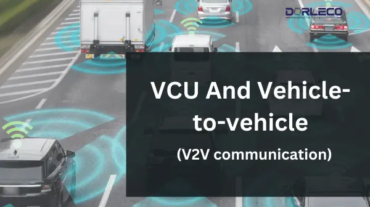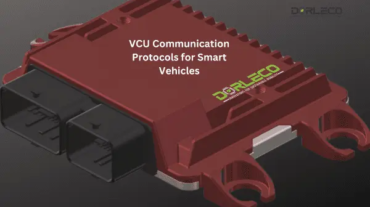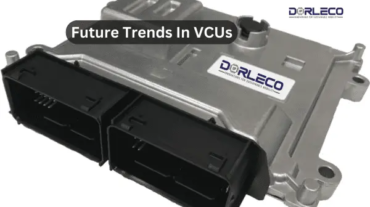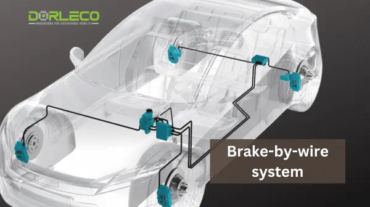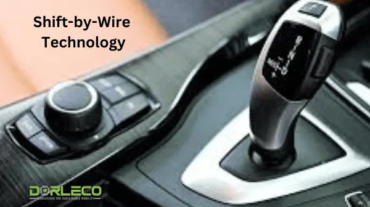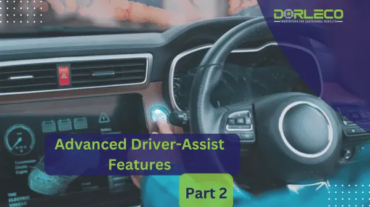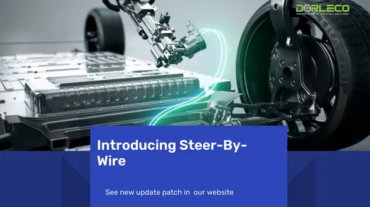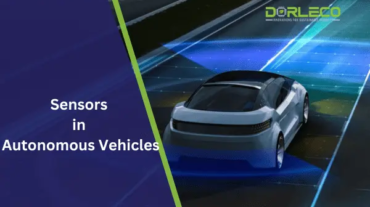BEYOND OBVIOUS
AUTONOMOUS VEHICLE TECHNOLOGY
Self-driving cars are arguably the future, and industries like agriculture, defense, recreation, passenger and commercial transportation are moving towards achieving some level of vehicle autonomy. Autonomous vehicles, on a higher level, consist of perception, localization, prediction, planning, and controls.
Click on the below links to get introduced with autonomous vehicle anatomy, terminologies, general architecture, and examples!
VCU And Vehicle-to-vehicle (V2V communication)
Introduction to V2V communicationVehicle Control Units (VCUs) and Vehicle-to-Vehicle (V2V) communica ...
VCU Testing And Validation
IntroductionVCU Testing And ValidationIn the rapidly evolving field of automotive technology, manufa ...
VCU Communication Protocols for Smart Vehicles
VCU Communication ProtocolsIntroductionThe rapidly evolving branch of automotive technology known as ...
Future Trends In VCUs
Future Trends in VCUs: OverviewThe automobile industry has experienced a remarkable shift in the pas ...
Brake-by-wire system
Introduction to brake-by-wire systemThe brake-by-wire system, which has swept the automotive industr ...
All About Shift-by-Wire Technology
Shift-by-Wire TechnologyIntroduction:The automotive industry has seen significant change throughout ...
Advanced Driver-Assist Features: Part 2
Introduction to Driver-Assist FeaturesThere has been a lot of discussion about completely autonomous ...
Steer-By-Wire
IntroductionThe automotive industry has proposed the idea of "smart vehicles" multiple times in rece ...
Sensors in Autonomous Vehicles
IntroductionThe entire discussion on sensors in autonomous vehicles consists of one major point: wil ...

